Triumph’s all-new entry-level Trident is powered by a 660-cc triple and is poised to take on the top-selling competition head-on with British style, a charismatic engine, and, according to Triumph, class-leading handling and value for money. We travel to Tenerife, Spain, to find out.
Story: Adam Child ‘Chad’
Photography: Kingdom Creative/Triumph
You can’t underestimate the importance of this bike for Triumph. The Trident jumps into the entry-level naked market as an attractive, punchy middleweight to take on the strong and established competition such as Yamaha’s MT-07, Kawasaki’s Z650, and Honda’s CB650R, all of whom have new models for 2021.
This segment counts for an increasing number of sales and is key for manufacturers hoping to attract new riders; getting them on board with their brand as soon as possible. The British brand hopes the all-new Trident will feature highly in their sales chart in 2021 but have they got it right? Two days of testing should uncover some answers.
The capacity of the triple engine is 660 cubic centimetres. Therefore, some may assume it’s an electronically de-tuned Street Triple S, but that’s not so. It is based on the older 660 unit and is furnished with 67 new components. This obviously means a serious re-design: new crank, clutch, and gearbox with different ratios (see interview box).
Compared to the Street Triple S, first, second, third, and fourth gears are shorter, fifth and sixth taller. As you’d expect, the cams are redesigned to give more low and mid-range torque.
Peak power is 81 hp at 10,250 rpm, with a peak torque of 64 Nm at 6,250 rpm. That’s more power than the Yamaha MT-07 and Kawasaki Z650 and more torque than the Honda CB650R. Only the Honda has superior power and the Yamaha slightly more torque — the Triumph sits perfectly in the middle. Crucially, 90 per cent of that torque is produced between 3,600 rpm and 9,750 rpm.
The new Trident is available in A2 configuration (done electronically and via a restricted throttle). This can be added and removed by any Triumph dealer and isn’t an added extra when purchasing the bike new.
Interestingly, Triumph don’t list an after-market exhaust in their list of accessories — evidently, an after-market Euro-5 exhaust couldn’t add any tangible performance and chorus. Luckily, the stock system sounds excellent for a standard bike. I’m unsure how Triumph have managed it but, despite being Euro-5 and an “entry-level” bike in a relatively mild state of tune, it sounds fantastic. At low revs, there is a nice burble and then a slight change around 3,000 rpm that is more charismatic — and unmistakably a Triumph Triple — before it cries into the rev-range’s upper reaches. I would love to try it with the optional quick-shifter.
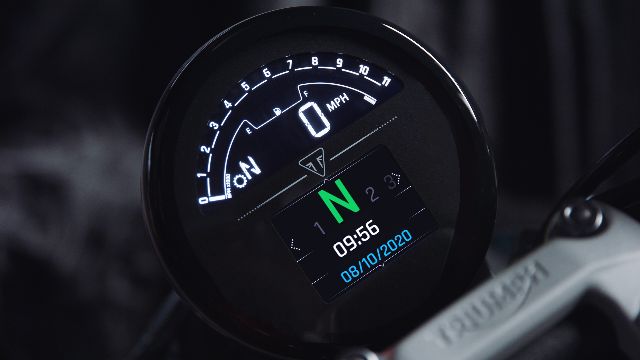
Power is soft and sympathetic on the first 10-15 per cent of the throttle, almost as if there is a slight lag if it had a throttle cable as opposed to fly-by-wire I’d want to adjust it, but this softness is ideal for new and inexperienced riders. After the initial turn of the throttle, it is more direct but still smoother than Barry White’s chat-up lines. There is a fluid feel to the Trident and the Rain mode softens the power delivery further.
The Trident’s performance is strong for this class. The triple layout is the best of both worlds, having the torque of a twin with the free-revving exhilaration of an in-line four. With 90 per cent of peak torque on tap from 3,600 rpm, it drives positively from low down. You can make quick and easy progress without tapping back too many gears. But should you want to have fun, go down a gear or two on the smooth gearbox and the Trident will deliver — even to the experienced hands. Turn off the traction control and you can have some mono-wheel fun, too, all the while accompanied by that charismatic triple soundtrack. This is not a lacklustre “entry-level” bike.
I did hit the rev-limiter on a few occasions whilst getting a little too carried away. But, to be fair, most of my two days of test-riding was at altitude around the main volcano in Tenerife, which drained power and didn’t do the new Trident justice. The point is that this “entry-level” bike is far from being boring or worthy. I covered over 200 kilometres on day one and didn’t want to give it back come evening; in fact, I was already looking forward to day two and I couldn’t say that about many other bikes in this market.
Quoted wet weight is 189 kilograms, just about on a par with the twin-cylinder machines in this field, which, in theory, should be lighter, and the Trident is considerably lighter than Honda’s 208-kg CB650R. The weight isn’t intimidating for small and inexperienced riders, while the 805-millimetre (soft) seat is low and narrows towards the fuel-tank. I’m 172 centimetres tall and was flat-footed on both sides. There is a nice balance at low speed and, once restricted to A2 licence conformity, the Trident shouldn’t be overpowering for new riders despite its masculine image.
Showa suspension rules the springs at each end; there’s no adjustment on the front and only pre-load on the rear. Again, Triumph have done a notable job: they haven’t thrown budget, softly sprung, and underdamped suspension at the Trident. For new riders, the suspension is forgiving, easy to get along with, and takes on 90 per cent of road surfaces with ease — it’s even happy bouncing over speed humps like an excitable puppy.
Let the engine shout, up the pace… and even at speed, the set-up works well. Ground clearance is abundant, the Trident doesn’t drag its pegs like some of the competition and holds a confident, smooth line. The natural riding position allows you to control and throw the bike around with relative ease, quality Michelin Road 5 tyres performing reassuringly in the cold and damp we encountered on the test (despite being in Tenerife). Stability is also superb.
When you really push on, the forks lack a little control under heavy braking but, overall, when comparing its sporty ability to the competition, the Trident’s handling is hard to fault. Yes, the Showa suspension lacks adjustability but 99 per cent of riders won’t feel the need to twiddle anything and there is all-important rear spring preload adjustment for when you are adding a pillion or luggage. Arguably, the trick multi-adjustable suspension will only confuse new or inexperienced riders — at whom the bike is aimed.
Upfront, Nissin two-piston callipers, grabbing twin 310-mm discs, are just about up for the job. They have a progressive feel, the lever is span adjustable, and, again, are ideal for new riders. ABS comes as standard, of course, but without an IMU it is not lean-sensitive. The ABS isn’t too obtrusive, you can feel the rear working in extreme situations as the slipper clutch controls the rear wheel during aggressive down changes, but not the front.
Experienced riders opting for the Trident, perhaps as a second bike or moving down in capacity, will soon learn that while one-finger braking is fine in normal riding, extreme situations demand more than one finger on the lever. The stoppers are on a par with the competition, possibly stronger than some, but will seem underwhelming for those moving down from more expensive brake set-ups. This isn’t a slow bike and the stoppers are just about sufficient.
A few hundred pounds can make the difference between a sale and a goodbye, especially as customers are likely to be budget-conscious new riders or more experienced riders getting back into bikes.
Yamaha have a new MT-07 just around the corner (its price is still to be confirmed) but with the 2020 model positioned at £6,697 (Rs 6.56 lakh), I’d estimate an on-the-road figure below the £7k (Rs 6.896 lakh) mark. Kawasaki have also updated their Z650 for 2021 — the new model hasn’t been launched yet, but its price has been confirmed at £6,849 (Rs 6.71 lakh). Honda, meanwhile, are arguably the Trident’s closest competition with their in-line four-cylinder CB650R, again updated for 2021 and currently priced at £7,199 (Rs 7.06 lakh).
Although the Triumph’s £7,195 (Rs 7.05 lakh) showroom price may be slightly higher than the Japanese competition (our test bike a little more with heated grips and paint job), the cost of ownership should be lower. The first major service is at 16,000 km, which represents a significantly wider interval than the aforementioned bikes, while workshop hours are also reduced, meaning it takes less time to service and maintain, thus saving owners money.
Triumph quote 60.1 miles per gallon (mpg) or 4.7 litres per 100 km. Riding aggressively on mountain passes, I whittled that down to 5.4 litres per 100 km (or 52 mpg), which, considering my over-excited throttle hand, was an excellent return. The fuel light came on at 190 km, which again isn’t bad from a 14-litre fuel tank. Riding normally, I’d expect around the 21 km/l claimed figure, which would give a tank range of 300 km.
The Thai-built Trident is a completely new bike for 2020 and even at a standstill oozes quality. At face value, £7,195 (Rs 7.05 lakh) looks good.
Market-leading technology
There are two rider modes, Road and Rain, which is class-leading in this class and easily accessible via the new switchgear and full-colour TFT dash. Each mode changes the power characteristics via the fly-by-wire throttle as well as traction control. In Rain mode, the rider aids are set higher. As mentioned, both TC and ABS are conventional and not lean-sensitive. In theory, the TC is switchable from Road to Rain, which can be done whilst riding, but you can’t switch off or turn on the TC on the move. For example, if you switch off the TC, it is off in both Road and Rain modes; therefore, if you deactivate the TC and ride into a rain shower, you have to pull over and reactivate the TC. A small gripe, but worth mentioning.
When active, the TC is smooth and not too obtrusive. In the Road mode, it holds the power back when it senses wheelspin, while the re-intervention of the power after a slide is equally smooth — impressive for an entry-level bike. I felt the system working on several occasions, holding back the power, perfect for inexperienced and experienced riders alike.
My test bike was fitted with optional heated grips and there are 44 further items to choose from. On the technology side, you have My Triumph Connectivity System, which connects to the new TFT clocks, allowing phone/music, navigation, and GoPro access. There is also an optional USB charger, tyre monitor system, and scrolling indicators. There is a list of cosmetic accessories, the billet belly pan looks nice, plus luggage and security. Personally, I would opt for the quick-shifter which enhances every other Triumph fitted with it.
Verdict
I personally like the looks and image, which are slightly more mature than the competition and not as aggressive. There are some nice touches such as the cutaway fuel tank and neat TFT clocks with Bluetooth connectivity. The engine is soft low down, then delivers enough road performance to have pleasure on the road, even for the experienced riders, and it is backed by a lovely Triple soundtrack that gives it soul and character. The handling is excellent, it’s low weight unintimidating while the brakes are just about up for the job. Well-thought-out electronic rider aids give it an extra tick above the competition.
Even after two days of riding, the Trident was still rewarding and making me smile; it really is hard to fault when you compare it with the competition and consider its low price. Triumph have entered an extremely competitive market, so the Trident needed to hit the mark — and it does. But with a new Z650, CB650R, and MT-07 for 2021, this category is more competitive than ever.
Also read: Triumph Tiger 900 Rally First Ride Review: Top Cat

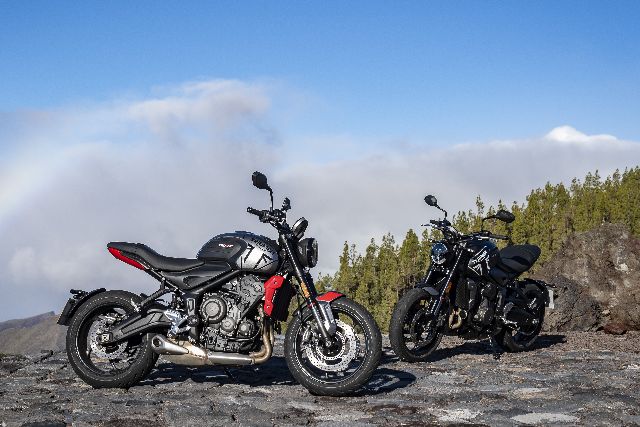
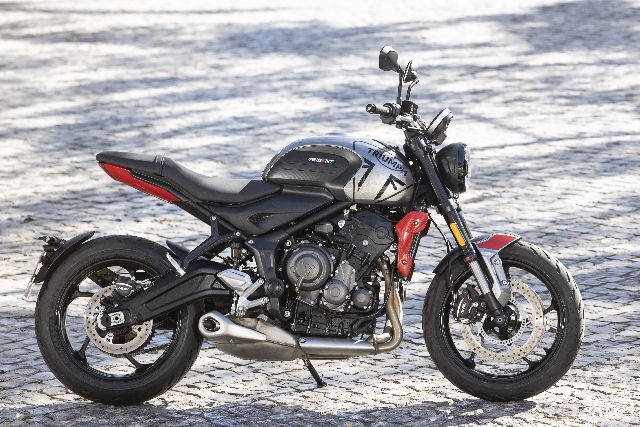
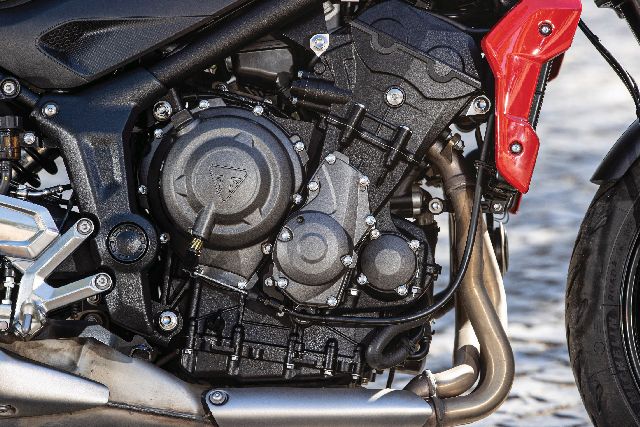
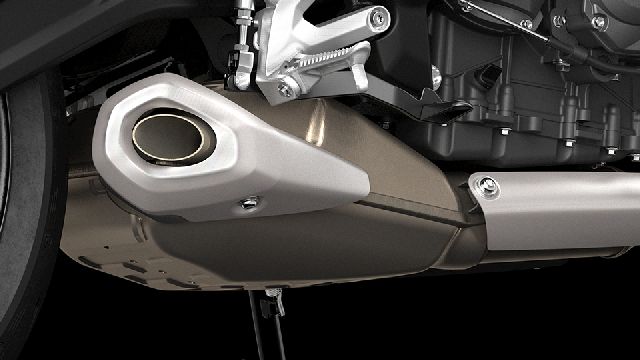
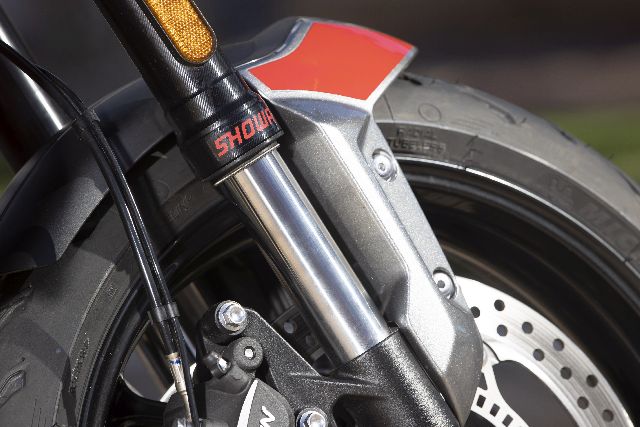
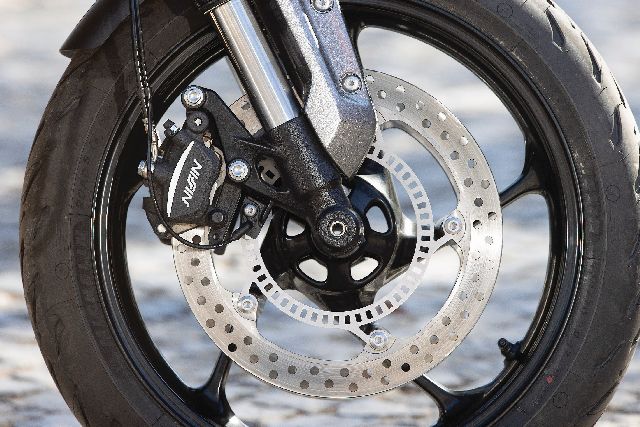
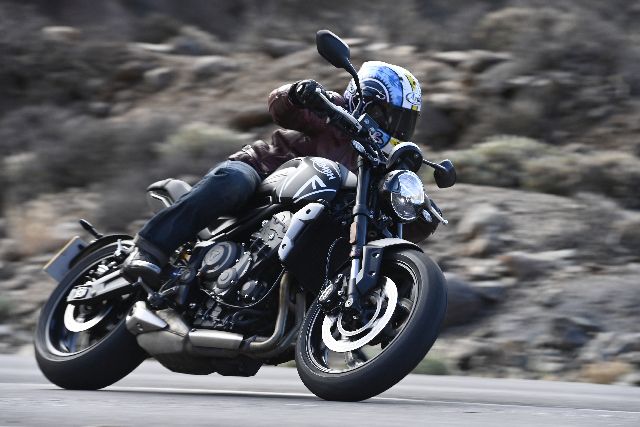
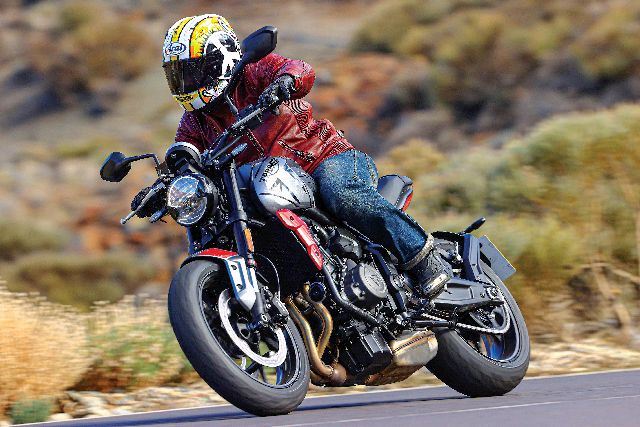
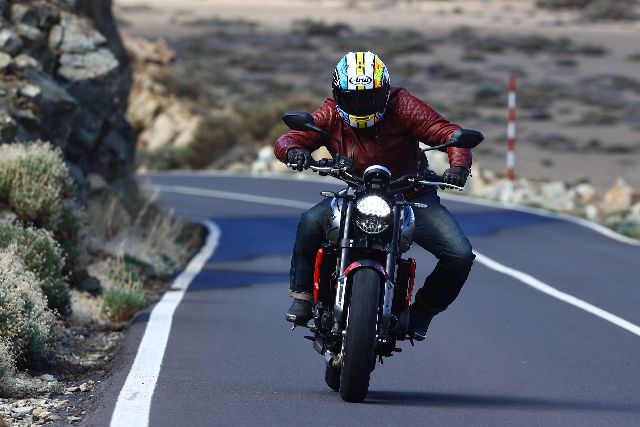
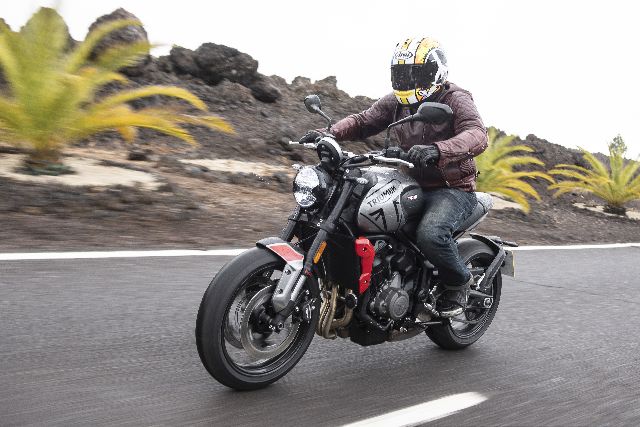

Leave a Reply